How to Choose the Right Backpack for Your Trek
Choosing the right backpack for your trek is more important than you might think. The wrong backpack can lead to discomfort, strain, or even injuries. Whether you are planning a short hike or a multi-day trek, the right backpack makes all the difference. Wondering how to choose the right backpack for your trek? Selecting the perfect backpack is essential for a comfortable and hassle-free trekking experience.
Table of Contents
ToggleA well-fitted backpack helps distribute weight evenly, making it easier to carry your gear. It can also prevent shoulder pain, backaches, and blisters. So, it’s worth taking the time to find the right one for your needs.
In this guide, we will walk you through the key factors to consider when choosing a backpack for your trek.
Understanding Your Trekking Needs

Before choosing a backpack, it’s crucial to understand the specific needs of your trek. Different types of treks require different backpacks, and knowing these factors will help you make an informed decision.
Duration of the Trek: Short Hikes vs. Multi-Day Treks

The length of your trek plays a big role in the type of backpack you need. For short day hikes, a smaller, lighter backpack will do. These backpacks are typically 20-30 liters and can carry just the essentials like water, snacks, a jacket, and a first aid kit.
On the other hand, if you’re planning a multi-day trek, you’ll need a larger backpack. For longer treks, aim for a backpack with a capacity of 40-70 liters or more, as you’ll need space for extra clothes, food, and camping gear. The more days you spend trekking, the more gear you’ll need to carry, so a bigger pack is essential.
Terrain & Weather Conditions: Mountains, Forests, Snowy Regions, or Desert Treks

The terrain and weather conditions of your trek will also influence your backpack choice. For mountainous regions, you might need a sturdy, durable backpack with straps to secure climbing gear. If you’re trekking through forests or wet environments, look for a backpack with waterproof or water-resistant features to keep your gear dry.
For snowy regions, consider a backpack with extra space for insulated layers or a hydration system that won’t freeze in cold weather. If you’re trekking in desert conditions, you’ll need a pack that prioritizes hydration, with options to carry large water bottles or a hydration bladder. Tailor your backpack choice to the environment you’ll be in for a more comfortable experience.
Load Capacity: How Much Gear Do You Need to Carry?
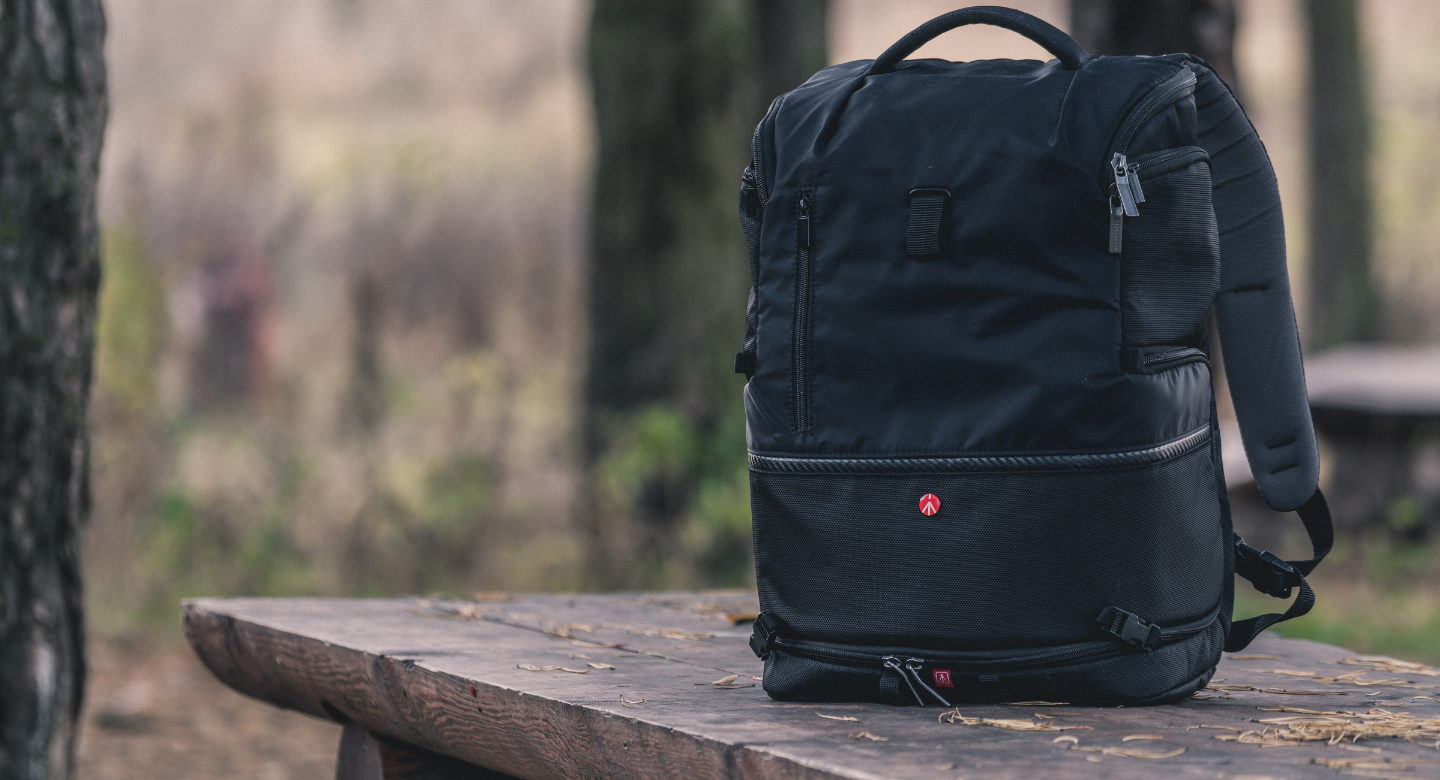
The amount of gear you plan to carry will directly affect the size of the backpack you need. If you’re only carrying a light load, like a jacket and snacks, a small 20-30 liter backpack will suffice. However, if you’re carrying heavier gear like a sleeping bag, tent, and extra food, you’ll need a larger pack.
Think about everything you’ll need to take on your trek and choose a backpack that offers enough space while keeping the weight manageable. The right load capacity will ensure you have enough room for your gear without overburdening you.
Key Factors to Consider When Choosing a Backpack
When choosing a backpack for your trek, several important factors will determine how well the pack works for your needs. Below are some key things to consider to ensure you make the right decision.
A. Backpack Capacity (Liters Guide)
The capacity of your backpack is one of the first things to think about. Depending on the length of your trek, you’ll need different amounts of space for your gear. Here’s a general guide to help you choose:
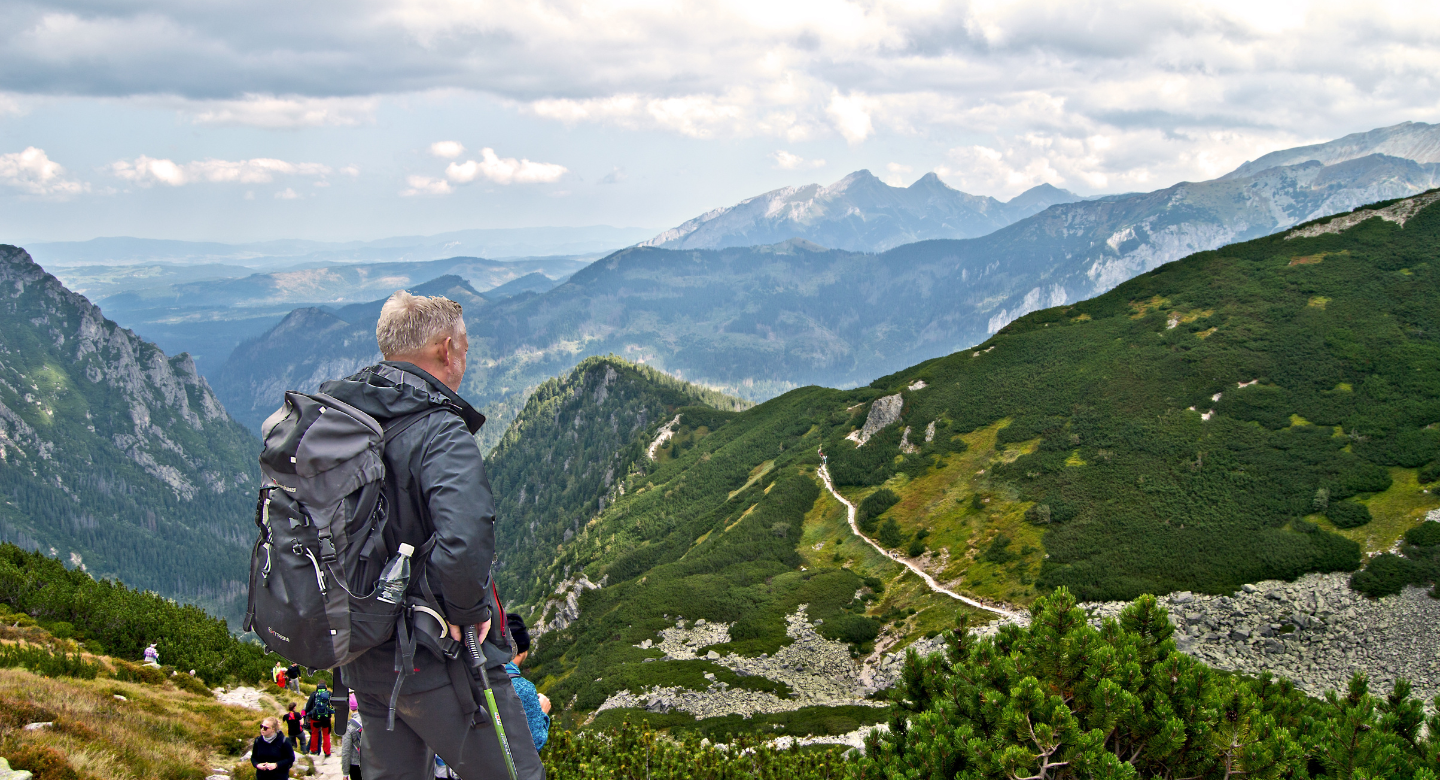
- 10-30L – Ideal for short-day hikes or ultralight treks. These are small backpacks that fit the essentials like snacks, water, and a jacket.
- 30-50L – Perfect for weekend treks (1-3 days). These backpacks offer enough space for extra layers, food, and a sleeping bag if necessary.
- 50-70L – Great for long-duration treks (3-7 days). These backpacks can carry more gear, including a tent and camping essentials.
- 70L+ – Best for extended expeditions (7+ days). Large backpacks with this capacity are designed for carrying everything you might need for an extended stay in the wild, including food, shelter, and extra clothing.
B. Backpack Fit & Comfort
A backpack that doesn’t fit well can lead to discomfort, sore muscles, and even injuries. Here’s what to look for when it comes to fit and comfort:

- Torso Length: The length of your torso affects how a backpack fits. To measure, find the top of your hip bones and measure up to the bony bump at the base of your neck. This will help determine the right torso length for your pack.
- Hip Belt & Shoulder Straps: Adjustable and padded straps are essential for comfort. A well-padded hip belt helps transfer some of the weight from your shoulders to your hips, which reduces strain on your back. The shoulder straps should also be adjustable to ensure a secure fit.
- Back Panel Ventilation: A well-ventilated back panel allows airflow between your back and the backpack, helping to reduce sweat and discomfort. This is especially important for longer treks in warm climates.
C. Weight Distribution & Load Balancing
A good backpack should distribute weight evenly, making it easier to carry your gear without feeling overloaded.

- Internal Frames vs. External Frames: Internal-frame backpacks are generally more popular for trekking because they’re more lightweight and better at fitting close to the body. External-frame backpacks, while less common now, are great for carrying heavy loads and provide better ventilation.
- Compression Straps & Load Lifter Straps: Compression straps help keep your gear from shifting inside the pack, ensuring that the weight stays balanced. Load lifter straps adjust the angle of the backpack to help keep the weight centered, further improving comfort.
D. Material & Durability
Your backpack’s material impacts its durability and how well it stands up to wear and tear during your trek.
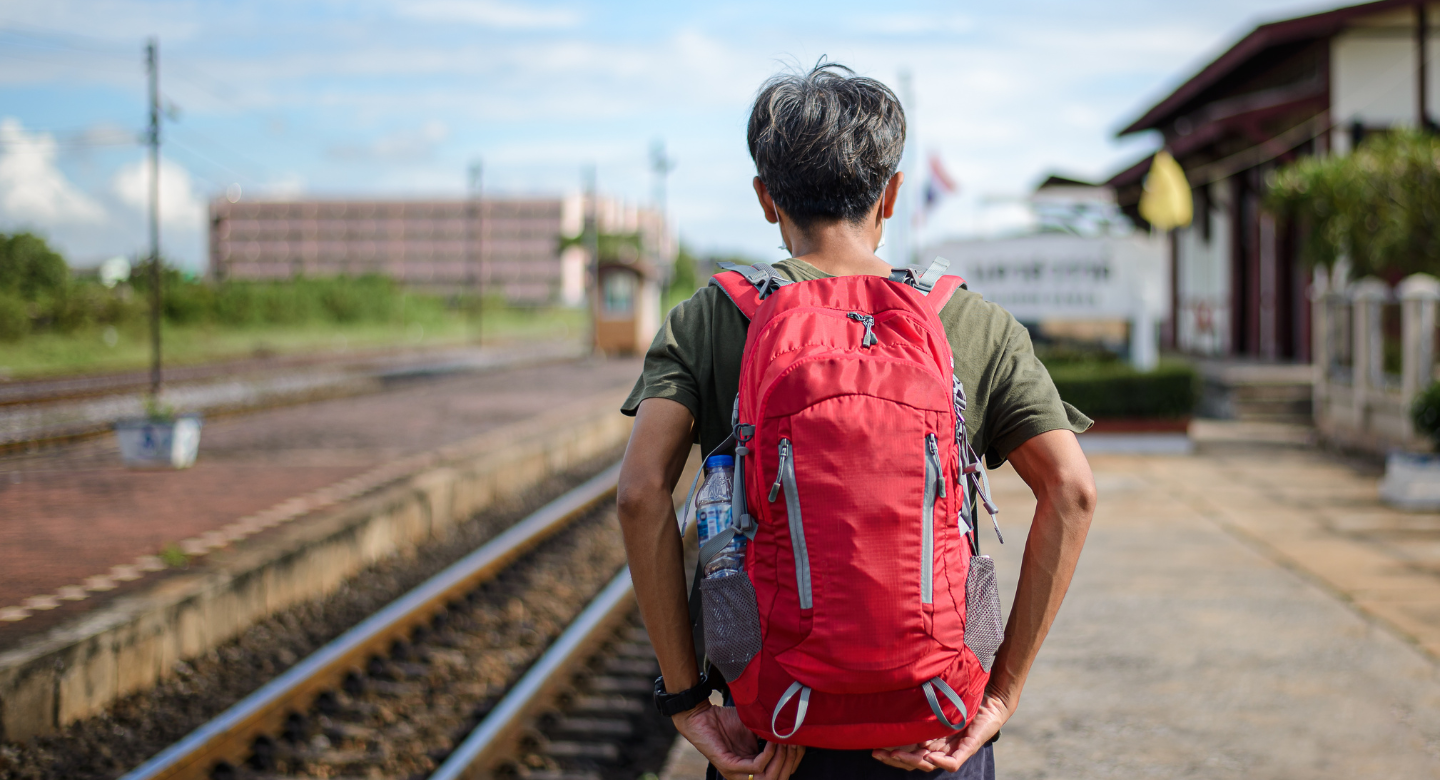
- Water-resistant vs. Waterproof Backpacks: If you’re trekking in wet conditions, look for a water-resistant backpack to protect your gear. For trekkers who expect constant rain or snow, a waterproof backpack is a must.
- Best Materials: Nylon and polyester are popular materials for backpacks because they’re lightweight yet strong. Dyneema is an ultra-durable, lightweight fabric commonly used for high-end trekking backpacks.
- Reinforced Stitching & Zippers: Make sure your backpack has reinforced stitching and durable zippers to avoid breakage during your trek.
E. Additional Features to Look For
To further enhance your trekking experience, look for extra features that can make your backpack more functional.
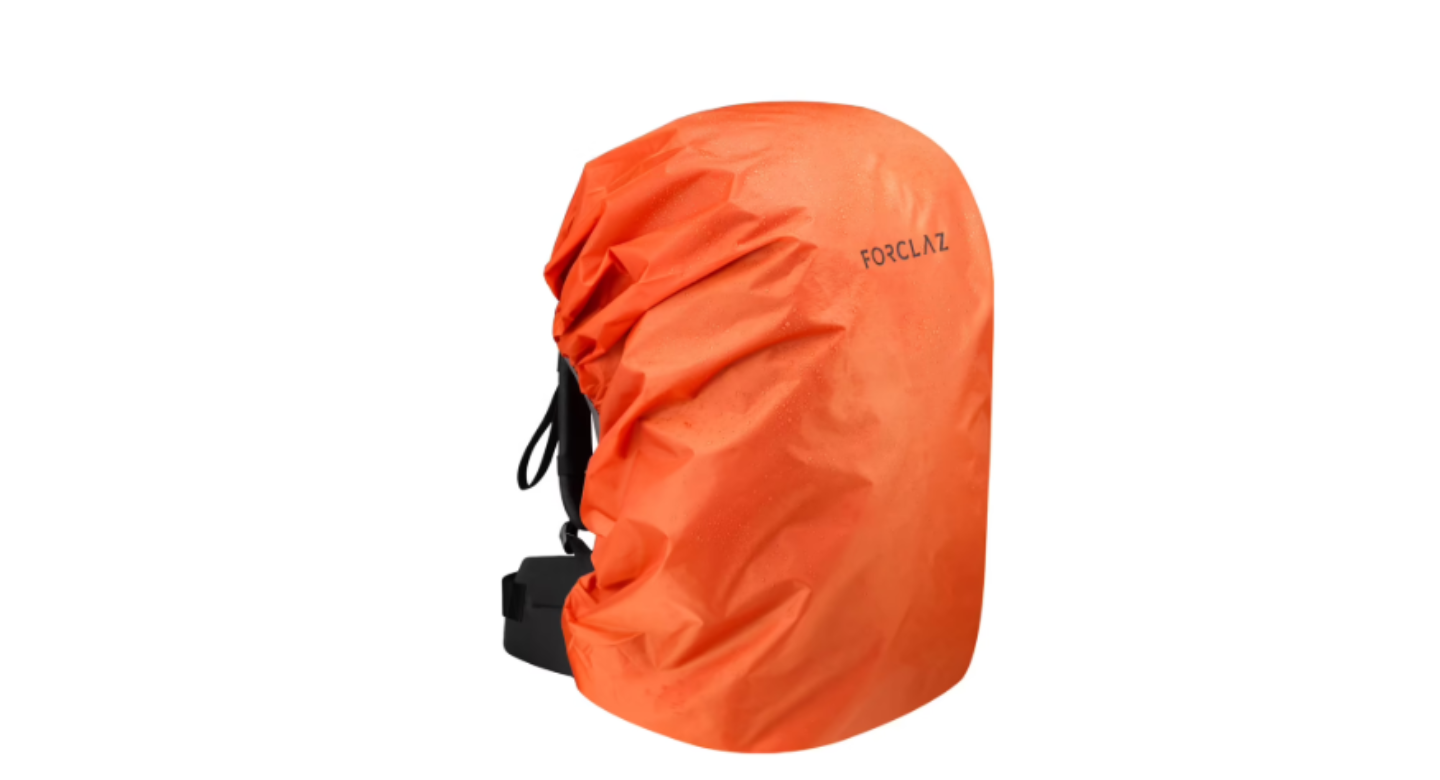
- Compartments & Organization: A backpack with multiple pockets, hydration sleeves, and separate compartments for your sleeping bag or tent makes it easier to stay organized during your trek.
- Accessibility: Some backpacks have a top-loading design (you access the main compartment from the top), while others offer front-loading access, which can make it easier to find gear without unloading everything.
- Rain Cover: If you’re trekking in areas with unpredictable weather, having a built-in or separate rain cover is essential to protect your gear from getting soaked.
- Attachment Points: Look for trekking backpacks with gear loops or attachment points where you can secure trekking poles, ice axes, or other gear you need for your adventure.
Special Backpacks for Different Types of Treks
Different types of treks require different backpacks. Choosing the right type of pack for your adventure can ensure a more comfortable and effective journey. Here are some backpacks designed for specific treks:
Daypack vs. Multi-Day Backpack – When to Choose Each
- Daypack: If you’re going on a short, day-long trek, a daypack is the way to go. These are small, lightweight, and designed to carry just the essentials like water, snacks, a jacket, and a first aid kit. They typically range from 10 to 30 liters in capacity.
- Multi-Day Backpack: For longer treks (1-3 days or more), a multi-day backpack is necessary. These packs are larger, offering more space for gear like a sleeping bag, tent, extra food, and clothing. They typically range from 30 to 70 liters, with adjustable straps for comfort over long distances.
Ultralight Backpacks – For Minimalists and Fast Trekkers
Ultralight backpacks are perfect for those who prefer to carry only the essentials and move quickly. If you’re a minimalist or on a fast-paced trek, this lightweight option is ideal. They are designed for speed and efficiency, often weighing less than 1 kg. Despite being lightweight, they still offer enough space for the basics, and they usually feature durable materials to withstand the elements.
Mountaineering Backpacks – Extra Rugged with Ice Tool Loops and Reinforced Straps
If you’re planning to tackle rugged mountain treks or ice climbs, a mountaineering backpack is your best choice. These packs are designed for heavy-duty use, featuring reinforced straps and additional loops to hold ice axes, crampons, and other climbing gear. They also have specialized compartments to protect delicate gear from harsh weather conditions.
Common Mistakes to Avoid When Choosing a Backpack
Choosing the right backpack is crucial, but there are some common mistakes trekkers often make. Avoiding these will help ensure you have the right pack for your adventure.
Selecting the Wrong Size (Too Big or Too Small)
One of the biggest mistakes is picking a backpack that’s either too big or too small for your needs. A pack that’s too large can cause unnecessary strain and make it harder to balance your load, while a small pack won’t fit all your gear. Be sure to consider both the duration of your trek and the amount of gear you’ll be carrying when choosing the right size.
Ignoring Torso Fit and Hip Belt Adjustment
The fit of your backpack is key to comfort. Many people ignore torso length and hip belt adjustments, leading to pain and discomfort. Always check the torso length, adjust the straps, and ensure the hip belt fits securely around your hips to avoid overloading your shoulders.
Choosing a Cheap, Low-Quality Backpack That Lacks Durability
While it may be tempting to buy an inexpensive backpack, it’s important to invest in quality. Cheap backpacks often lack the durability needed for trekking, especially in harsh conditions. Low-quality materials, weak stitching, and unreliable zippers can lead to gear failure. Prioritize durability and choose a pack from a reputable brand.
Overpacking and Not Considering Weight Distribution
Overpacking is another common mistake. Carrying too much weight can strain your body and make the trek harder than it needs to be. Always evaluate the weight of your gear and choose a backpack that allows for proper weight distribution. Using compression straps can help keep your load balanced and secure.
Expert Tips for Testing & Buying a Backpack
When it comes to buying a backpack for your trek, it’s essential to test it properly and choose wisely. Here are some expert tips to help guide your decision.
Try Before You Buy: Fill It with Weight and Walk Around the Store
Never buy a backpack without trying it on first. Fill it with weight similar to what you’ll carry on your trek and walk around the store. This will give you a sense of how the pack fits and feels when loaded. Pay attention to how the straps feel and whether the weight is evenly distributed.
Check Reviews & Brand Reputation – Best Brands for Trekking Backpacks
Before making a purchase, take time to read reviews from other trekkers and check the reputation of the brand. Trusted brands like Osprey, Deuter, The North Face, and Gregory are known for producing high-quality trekking backpacks that are built to last.
Buy from Reputable Stores or Websites – Ensuring Warranty and Returns
Always buy your backpack from a reputable store or website, ensuring that it comes with a warranty and return policy. This will give you peace of mind if the pack doesn’t fit right or if there are issues with the quality.
Conclusion of How to Choose the Right Backpack for Your Trek
Choosing the right backpack for your trek is essential for a smooth and enjoyable experience. Whether you’re heading out for a short hike or a multi-day adventure, the right backpack will provide comfort, balance, and enough space for your gear. If you’re still wondering how to choose the right backpack for your trek, remember to consider factors like capacity, fit, and durability to ensure you’re well-prepared. A well-fitted backpack will make your trek more enjoyable and reduce the risk of strain or injury.
In summary, finding the perfect backpack for trek is about understanding your specific needs and selecting a pack that suits the duration and terrain of your trip. Keep in mind the key features and common mistakes to avoid when choosing your backpack. With the right preparation and knowledge, you’ll be ready for any trekking adventure that comes your way!
Read More About 10 exercises to help you carry your backpack easily
Frequently Asked Questions (FAQs) on How to Choose the Right Backpack for Your Trek
What size backpack do I need for a day hike?
For a day hike, you’ll need a small backpack, typically between 10 to 30 liters. This size is enough to carry essentials like water, snacks, a jacket, and a first aid kit.
How do I know what size backpack to choose for a multi-day trek?
For multi-day treks (1-3 days), a backpack between 30 to 50 liters should suffice. For longer treks (3-7 days), look for a backpack in the 50-70 liter range to accommodate extra gear like a tent, sleeping bag, and food.
What is the difference between a daypack and a multi-day backpack?
A daypack is smaller and designed for short treks, while a multi-day backpack is larger, and designed to carry more gear for extended trips. The multi-day pack will have more compartments and adjustable straps for comfort over long distances.
How important is torso length when choosing a backpack?
Torso length is crucial for a good fit. To ensure comfort, measure your torso from the top of your hips to the base of your neck. A pack with an adjustable torso length will provide better support and reduce strain.
What type of backpack should I choose for mountainous or snowy terrain?
For rugged, mountainous, or snowy terrains, a mountaineering backpack is ideal. These backpacks are more durable, often feature reinforced straps, and have loops for carrying ice axes and other climbing gear.
What features should I look for in a trekking backpack?
Look for features like adjustable straps, ventilation in the back panel, multiple compartments for organization, hydration sleeves, and gear loops for trekking poles or ice axes. A rain cover is also important for wet or snowy conditions
How can I test if a backpack is right for me?
Always try the backpack on before buying. Fill it with weight, adjust the straps, and walk around to see how it feels. Check for comfort, especially in the shoulder straps and hip belt.
Should I buy a waterproof or water-resistant backpack?
If you’re trekking in areas prone to rain or snow, a waterproof backpack is ideal. For milder conditions, a water-resistant backpack should be enough to protect your gear from light rain.
How do I prevent overpacking my backpack?
Plan your gear ahead of time and prioritize essentials. Choose lightweight equipment and make sure to balance the weight properly within your pack using compression straps to avoid overloading.
Which are the best backpack brands for trekking?
Some of the best brands for trekking backpacks include Osprey, Deuter, The North Face, Gregory, and Arc’teryx. These brands are known for making durable, high-quality backpacks that are built for comfort and long-lasting use.


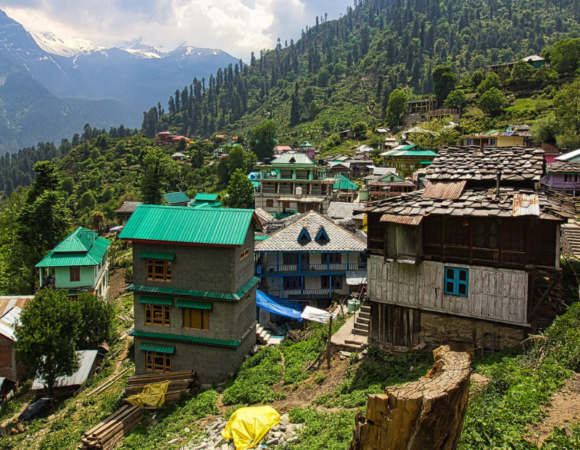
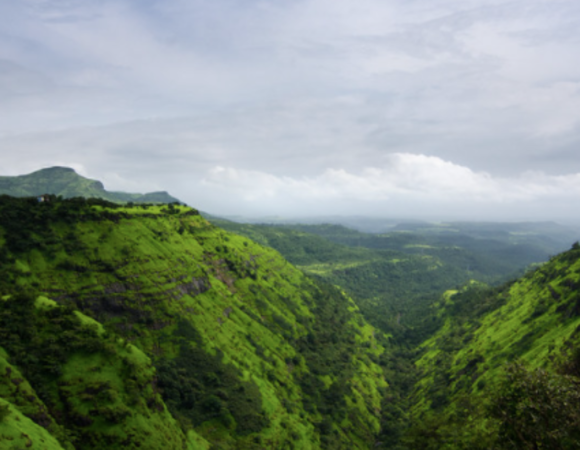
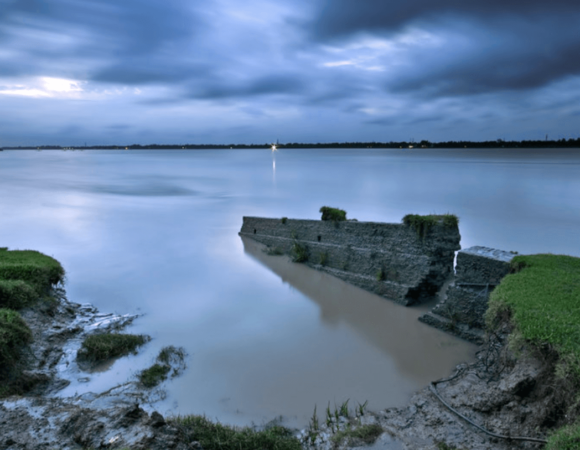
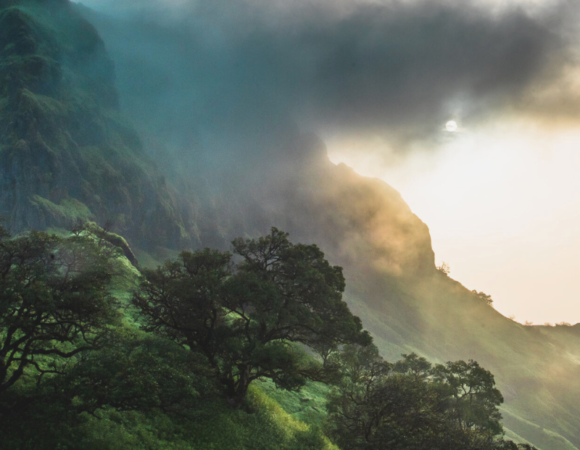
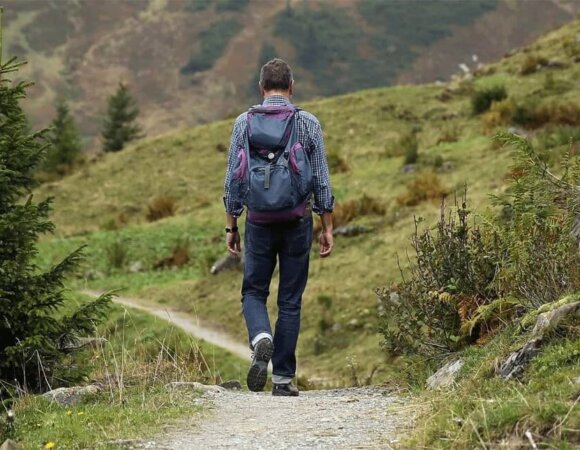
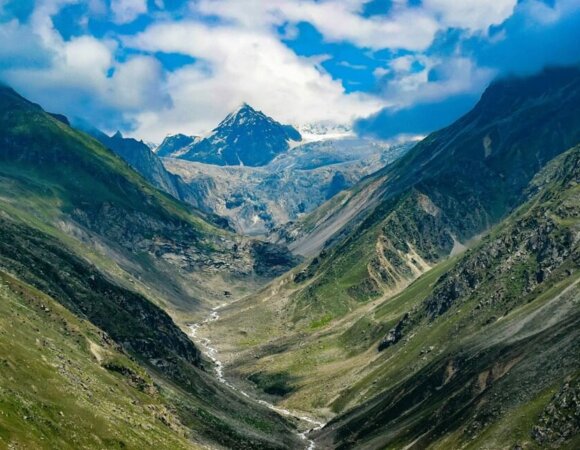
[…] Trekking Shoes vs. Sport Shoes: Which One is Best for You?How to Choose the Right Backpack for Your Trek […]
[…] you’re looking for more helpful tips, check out our other blogs like How to Choose the Right Backpack for Your Trek or How to get quality sleep in a tent during a […]
[…] Shoes vs. Sport Shoes: Which One is Best for You?How to Choose the Right Backpack for Your TrekBest Trekking Apps to Help You Plan Your […]
[…] not all backpacks are created equal. It’s important to choose a backpack that’s been designed specifically for photographers like you. Some features to look out for […]